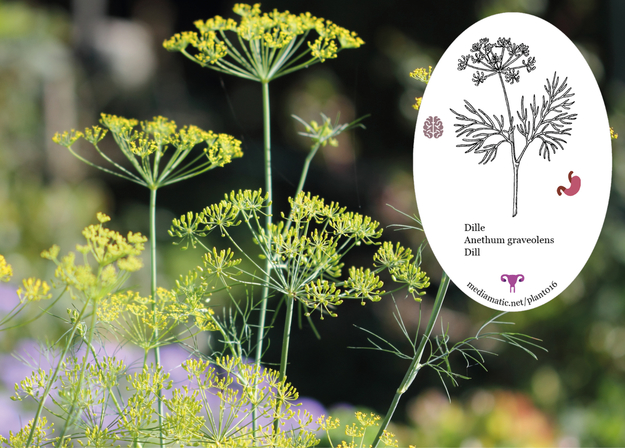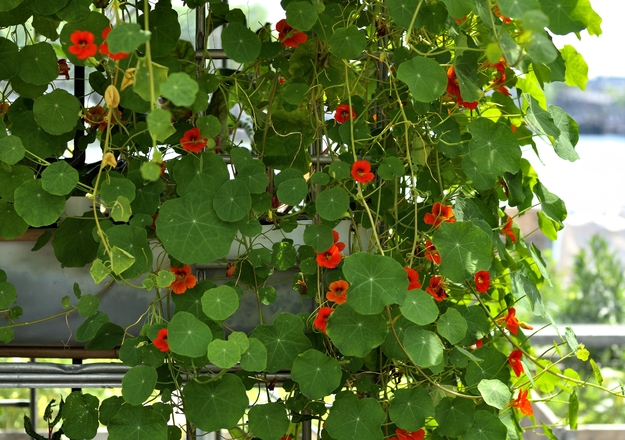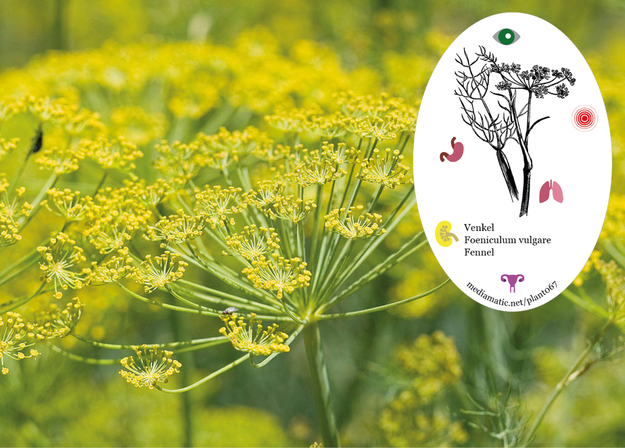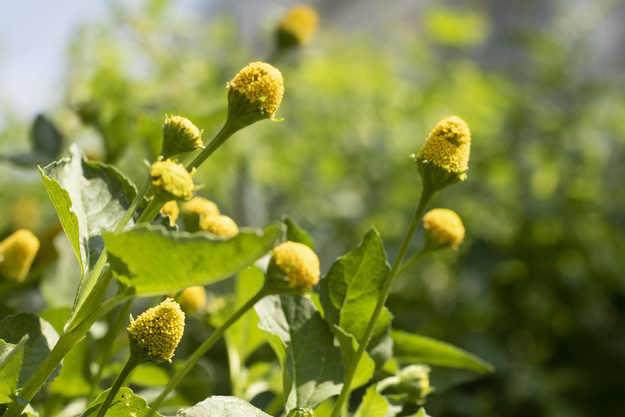In the Aquaponics greenhouse we are currently exploring the cultivation of edible flowers. Edible flowers are not just decorative but can contribute unique flavours and textures to a dish/drink. For example Rosemary and Garlic flowers are extremely small and delicate, but pack a punch in terms of flavour; making them a much more attractive substitute for the leaves and cloves.
Most edible flowers also feature medicinal properties. Calendula is used to prepare balms and ointments to treat ailments of the skin but the powdered petals can also be used as a vegan food colouring. Chamomile helps with anxiety and insomnia and infusions containing the small white flowers recall nostalgic tastes and aromas from our childhood. Researchers have also found that the essential oils from certain flowers can also alter our cognitive functioning; essential oils extracted from rosemary increased alertness and working memory capacity, whilst the group receiving aromatherapy with lavender oils had slower reaction times and decreased working memory capacity (1). This is not to say one is better than the other but rather the essential oils from lavender facilitate relaxation and calmness whilst rosemary’s odors may be better suited to a workingenvironment.
Certain edible flowers are precursors of vegetables; the most notable examples being zucchini and squash flowers. By harvesting these crops at the flower stage rather than the fruit stage (courgettes and pumpkins are fruits, vegetables are a social construct!) the yield of food per plant is significantly less, but it is a quicker crop to yield and can be used in exciting manners ranging from tempura to pizza. The scent of certain edible flowers can be extracted to perfume food and drinks; popularexamples include rose, orange blossom and kewra (male screw pine tree) water. These extracts are essential ingredients in Mughali (Indo-Persian), Turkish, Middle Eastern and Chinese cuisines.
As horticulturalists it is fascinating to see the various life stages our plants go through; starting from seeds all the way to the perfumed and colourful grand finale. Furthermore we hope to also learn about the nutritional and environmental requirements of each species so that we can improve on yields and quality with each harvest. Finally, we from the Aquaponics Farm and Mediamatic Eten hope to open the kitchen and bar soon so that we may finally share and present all the effort and research put into designing our menus.
Below is a list of the flowers you can expect in our gardens and how they might appear in our menu:

Calendula Flowers - Dry and powdered petals can be used as a natural food colouring.
Garlic Flowers - Strong garlic flavour, hence used as a garnish in savoury dishes and salads.
Rosemary - Rosmarinus officinalis Author: Loadmaster (David R. Tribble)
Rosemary Flowers - Strong rosemary flavour, good for garnish in dishes or drinks with rosemary.
Salvia flowering - Image by Benni Lover https://www.flickr.com/photos/75885098@N05/ 
Sage Flowers - Strong sage flavour, good for garnishing and infusing dishes with sage’s volatile oils.
Nasturtiums - Sweet and peppery, good as an all round garnish or as a delicate addition to salads
Elderflower - Sweet and floral taste great for flavouring desserts and beverages
China Rose - Hibiscus rosa-sinensis Author: Andy / Andrew Fogg
Hibiscus Flowers - whole buds bloom in drinks, fresh petals can be added to salad or dried to make tea
Borage - Purple star shaped flowers with a taste very similar to cucumber, ideal for salads and decoration

Dill Flowers - Strong dill taste, visually appealing substitute for the leaves and seeds e.g. pickling gherkins
Fennel Flowers - The pollen can be used as a garnish that imparts a liquorice flavour.
Sichuan Buttons: spherical yellow flowers that have a mouth numbing effect very similar to sichuan pepper.
Wax begonia - Begonia semperflorens-cultorum Find more about this plant on Wikipedia .
Begonia Flowers: These small artificial looking flowers have a rich aromatic and fruity taste making them ideal for salads, desserts and drinks.








